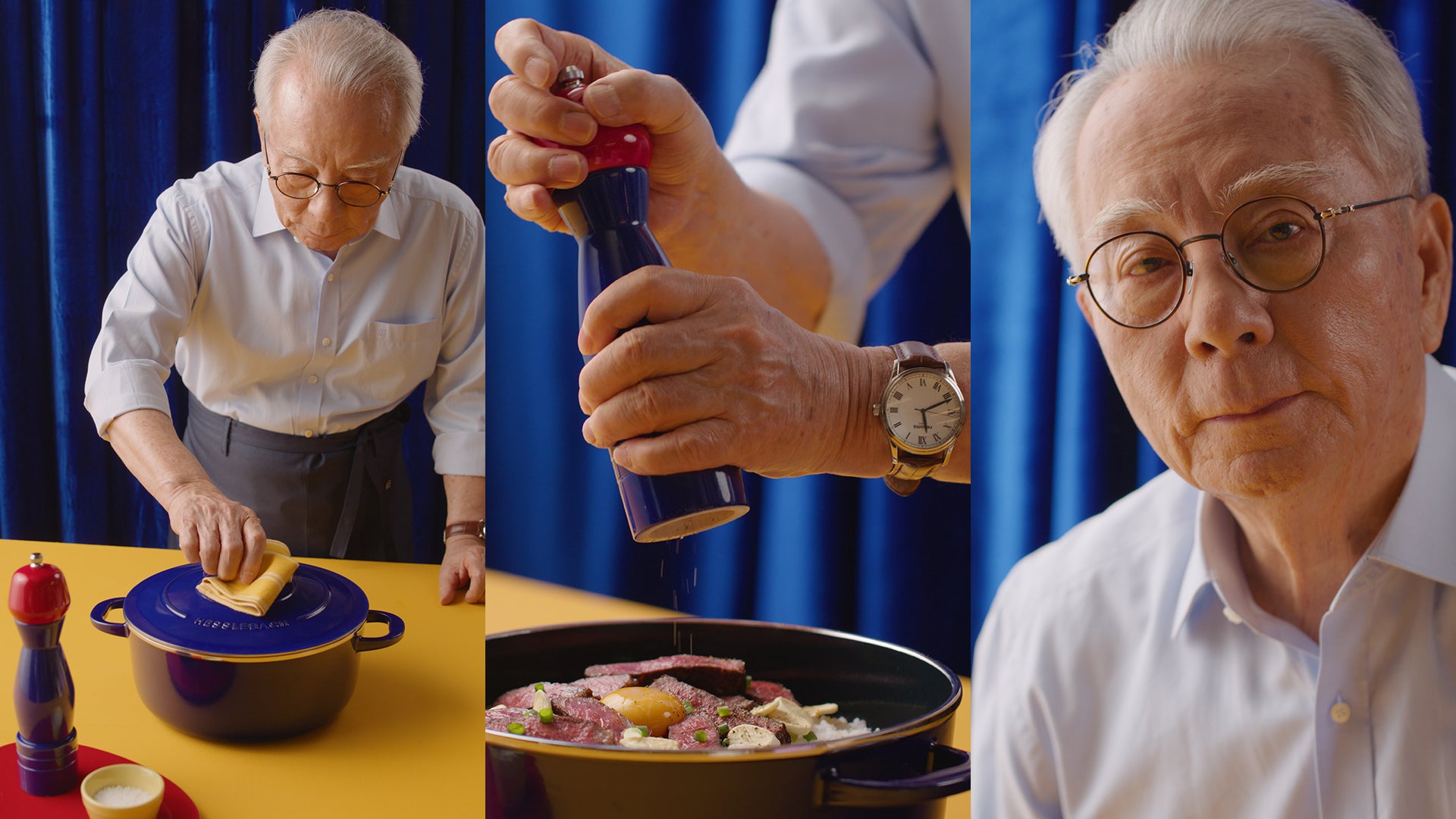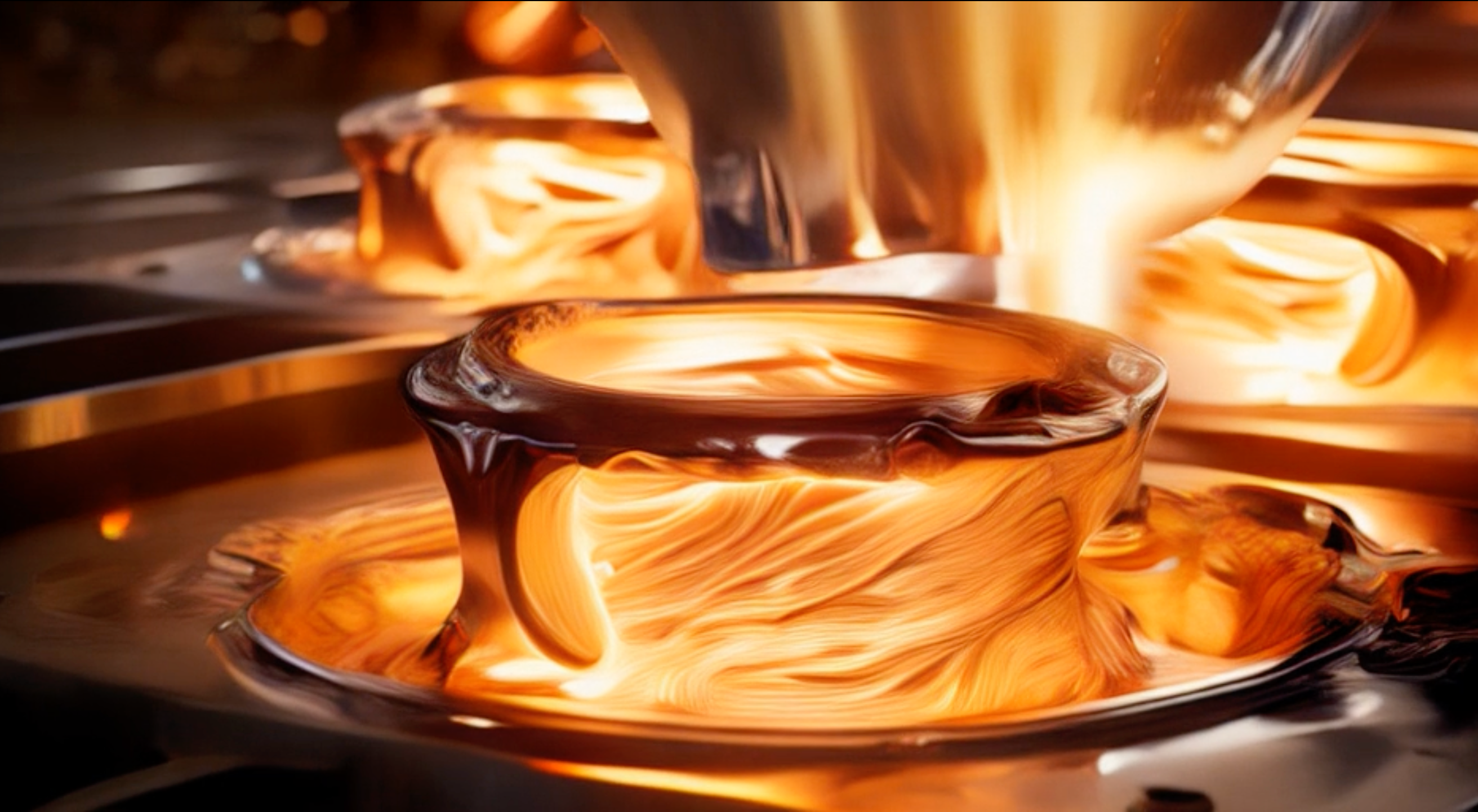It's said that the kitchen is the heart of the home. It's where we craft delicious meals, share stories over simmering pots, and make memories. Yet, lurking in many kitchens is a long-standing question: How safe are our pots and pans? Specifically, the ones with that lovely nonstick coating that makes flipping pancakes so effortless. Let's dive into this culinary quandary.
A Sticky Issue with Nonstick
Many of us have grown up using nonstick cookware. Its convenience is unparalleled—gone are the days of burnt omelettes and scrubbing away sticky residue. Yet, there’s an unsettling feeling shared by many that cooking with a nonstick pan might not be entirely safe.
You might recall rules about using only soft spatulas to avoid scratching the coating. These concerns are not unfounded. Since the early 2000s, there have been rumblings about potential problems with Teflon, the substance that grants cookware its nonstick properties.
The Science Behind the Concern
Teflon is produced from chemicals known as perfluoroalkyl and polyfluoroalkyl substances, commonly referred to as PFAS. Research has made troubling connections between exposure to PFAS and a myriad of health conditions including certain cancers, reproductive challenges, and high cholesterol.
And while nonstick pans often become the center of attention, PFAS are not confined to your kitchen. They've made their way into carpets, car seats, raincoats, and even our water supply. The Environmental Protection Agency (EPA) has drawn attention to the alarming pervasiveness of PFAS, finding contamination at over 2,850 sites across 50 states.
A Mixed Bag of Opinions
With such widespread use and potential risks, you’d think a clear consensus on their safety would have emerged. Surprisingly, the waters remain muddied:
- The FDA permits the use of PFAS in nonstick cookware.
- Conversely, the EPA has highlighted potential health risks and even proposed labeling certain PFAS as “hazardous substances.”
- The CDC treads a middle ground, calling the health effects of low exposure “uncertain.”
When even the experts don't agree, it's understandably challenging for the everyday cook to make an informed decision.
Toxic Cookware: Hidden Substances
- Lead: Found in some cookware, especially certain ceramic glazes, lead can inflict catastrophic harm. It's linked to nervous system damage, developmental and reproductive issues. Over time, its accumulation could result in irreversible health damage.
- Cadmium: Another heavy metal occasionally used in cookware coatings, cadmium exposure can lead to kidney, bone, and lung diseases.
- Chromium: Present in some stainless steel varieties, chromium, when overexposed, can cause skin irritations, respiratory problems, and even neurological complications.
- PFOA, PFAS, and PFTE: Commonly associated with non-stick surfaces, these chemicals have been linked to cancers, immune system damage, and reproductive issues. It's truly disheartening to think of the potential risk every time you whip out that non-stick pan.
- Aluminum: Frequently used in cookware due to its heat conductivity, untreated aluminum can leach, especially when cooking acidic foods. Overexposure can be associated with neurological disorders, including Alzheimer's and Parkinson's.
- Copper: Beautiful but potentially harmful, especially when the lining wears away. Excessive copper intake can lead to stomach distress and, over time, more severe health issues.
Personal Choice
In this grim landscape, modern innovation is rising to the challenge. Among the frontrunners is Hesslebach's Cookware.
- Cutting-Edge Materials: While many brands stick with traditional materials, Hesslebach uses PuraTech technology to ensure zero harmful chemical leaching.
Alternative Safe Havens in Cookware
- Pure Ceramic: Renowned for its non-toxic properties, this ensures no harmful substances are released during cooking.
- Glass Cookware: Non-reactive and toxin-free, it's a trusted choice for many health-conscious individuals.
What We Know and What We Don’t
Some findings suggest that not all PFAS are created equal. PFOA and PFOS, two particular types, were deemed detrimental enough to be phased out. Nowadays, many nonstick pans proudly declare that they are PFOA-free, but other PFAS variants remain in use.
Studies attempting to link nonstick pans to heightened PFAS levels in users have been largely inconclusive. The reasons range from limited sample sizes to the inherent challenges of isolating nonstick cookware as the sole PFAS source when they're so prevalent in our environment.
An Informed Decision in Our Hands
Given the myriad concerns surrounding various cookwares, many are left pondering the best route forward. Some experts advise that once nonstick pans begin to flake, they should be immediately replaced. Alternatives such as ceramic, carbon-steel, or the tried-and-true cast iron, often revered by culinary professionals, can serve as reliable nonstick substitutes when maintained correctly.
However, it's essential to recognize that this dilemma goes beyond our kitchen cabinets. PFAS, reminiscent of broad environmental issues like microplastics, paints a larger picture of environmental health. While we introspect our kitchen choices, it becomes even more paramount to advocate for comprehensive regulations and delve deeper into PFAS research. This effort ensures the safety of our meals and the broader well-being of our environment.
In essence, when you're about to use that nonstick pan next, ponder over the ongoing discussions. Equipped with knowledge, you are empowered to make informed decisions that resonate with your well-being, keeping your kitchen a haven of happiness and health. And as you seek replacements, consider the innovative solutions, like Hesslebach, bringing modern technology into the cookware scene, alongside other proven alternatives.




